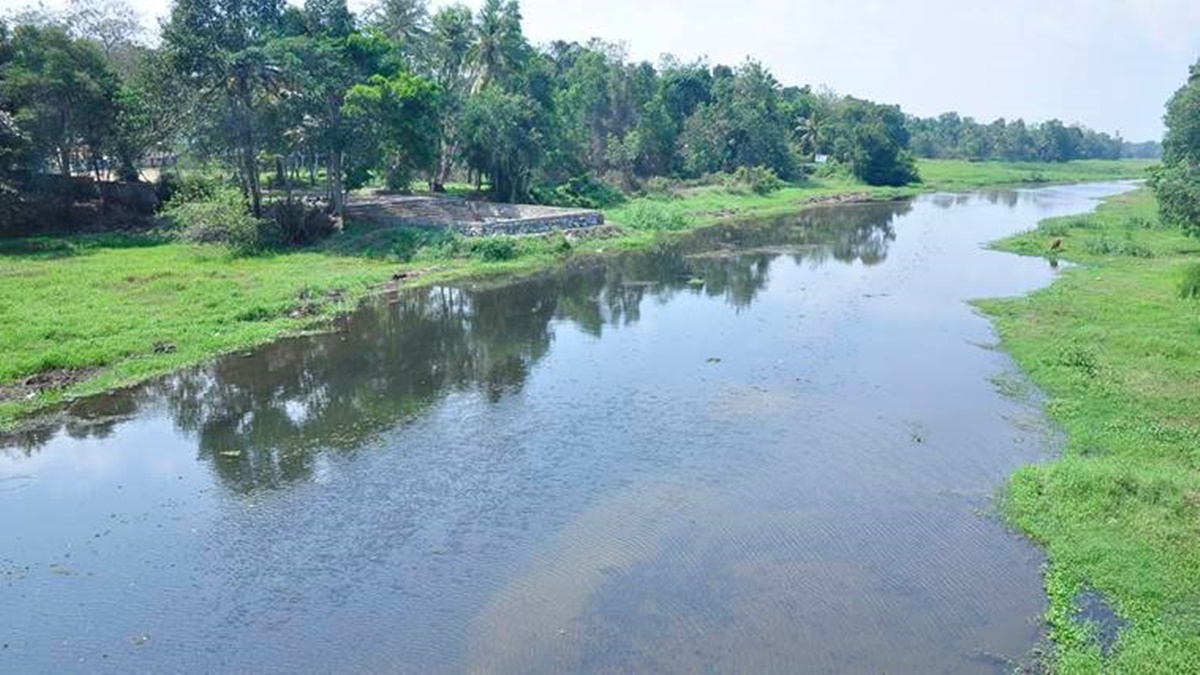
BENGALURU, Karnataka: The water body survey conducted by the Ministry of Jal Shakti, Government of India, is first-of-its-kind survey that provides a comprehensive database of natural and man-made water bodies, lakes, ponds and other tanks.
The survey found that there are 24.24 lakh water bodies in the country, and only 2.93 per cent of them are in the cities and towns; remaining 97 per cent water bodies are in the rural areas of India. West Bengal has the highest number of water bodies in India (7.5 lakh), followed by Uttar Pradesh, with around 2.5 lakh water bodies.
The southern state of Karnataka is home to around 26,205 water bodies, and only 789 of them are in urban areas. The survey highlights that only 22 per cent of water bodies are being used at the moment, and the rest of the 78 per cent are out of use for various reasons, including drying up, siltation, salinity etc.
The report highlighted that the country will face water scarcity in future due to rising population levels and urbanisation. Since urbanisation cannot be stopped, we need to focus on the protection of water bodies in semi-urban and rural areas. However, protection of water does not mean that we should not be using these water bodies. Disuse of water bodies damages them. Rather our focus should be to make a proper strategy for optimal use of water bodies, along with ensuring that the bodies are sufficiently recharged.
The information provided by the survey will be useful in framing the policies and strategies in India. Water plays a vital role in life, including providing drinking water, water for irrigation, groundwater recharge, transportation, recreation, industry and religion. The survey contains all relevant information regarding water bodies in the country, such as their location size, storage capacity etc. Unaggregated data on water bodies should also be provided to the panchayats and municipalities so they could also take measures to protect these water bodies.

